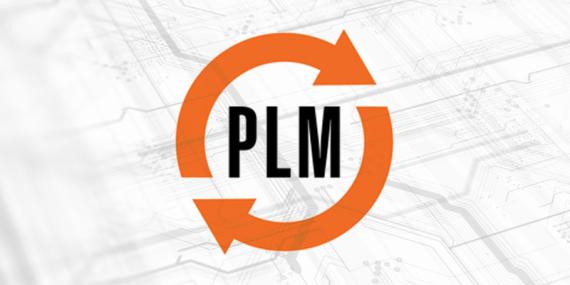Our commitment is to supporting customer programs throughout their lifecycle – even if that lifecycle is measured in decades.
It starts with designing successive generations of products to be pin-compatible with their predecessors – making technology insertion to obtain incremental performance and functionality easier and more cost-effective. An example: the PPC11A we introduced recently was form, fit and function compatible with the PPC1A we introduced in 1995.
That’s one way in which we protect our customers from obsolescence. Another is our innovative, flexible range of PLM – Product Lifecycle Management – services. These can be tailored to your program’s specific requirements – and, in fact, your long term planning may choose to leverage both a technology insertion strategy and a long term support strategy. You may want to take advantage of our product ‘health checks’. We’re members of the Component Obsolescence Group, and that allows us to monitor the projected availability of every part we use. Using this, you can get the advance information that makes long term planning possible.
If you decide to make a lifetime buy of a component or product, we can store those for you in our state of the art, environmentally controlled storage facility for you to deploy as and when you need them. We also maintain the facilities – such as test and diagnostic equipment - and personnel necessary to support any product we have ever sold. One of the founding principles of PLM is that we preserve the knowledge, skills and ability to support our products for as long as our customers need us to.


DATASHEET
Product Lifecycle Management
Product Lifecycle Management for Mission Critical Electronics Simple... Effective... Long Term Support services.

Abaco was among the first companies to bring to market commercial off-the-shelf (COTS) products that are rugged by design–as opposed to products that are ruggedized as an afterthought.
Defensive Approach
- With the defensive approach, you freeze the design of the system from the outset of production. The impact of obsolescence is then managed through a combination of component health checks, 'buy ahead' of spare parts and their long-term environmentally controlled storage. Abaco provides these services for customers who determine that the defensive approach is their best option.
- The defensive approach sees configuration control used to manage any potential changes to the build state.
- Although the potential for obsolescence increases with time and features/performance may lag behind more up-to-date systems, this defensive approach ensures excellent equipment interchangeability and the highest in-service reliability for the whole program life.
Progressive Approach
- The progressive approach brings technology insertion into play. This enables regular, planned system updates that can take advantage of the latest COTS technologies, facilitated by standard product architectures and layers of software insulation. This strategy minimizes the impact of obsolescence while ensuring that features and performance stay up to date.
- Both the above strategies have potential downsides. With the defensive approach, that might be the cost of finding component EOL buys. With the progressive approach, there may be the possibility of introducing unforeseen problems with more up to-date products. It may simply be that the circumstances of a particular program do not suit either of these strategies.
Mixed Approach
- Under a mixed approach, it is possible to combine the defensive approach with technology insertion to achieve the optimum result. An example of this is to break a 15-year project into three planned 5-year cycles. Having initially frozen the design, you would use defensive techniques for Phase 1 production - monitoring obsolescence and finding EOL buys while taking a progressive approach to planning for technology insertion system enhancements to be integrated for Phase 2.
- This is a good compromise for many programs, providing the benefits of the two methods while minimizing the potential downside of each of them. Abaco Systems offers a flexible array of services enabling you to adopt the strategy best suited to your program scenario.
Restricted Production Phase (RPP)
If you require documentation or software use our RPP selector, or if you have any questions or require product support, including help migrating to our latest products, please contact us.

Flexible options to enable you to stay in control of your configuration throughout your program’s lifetime.

